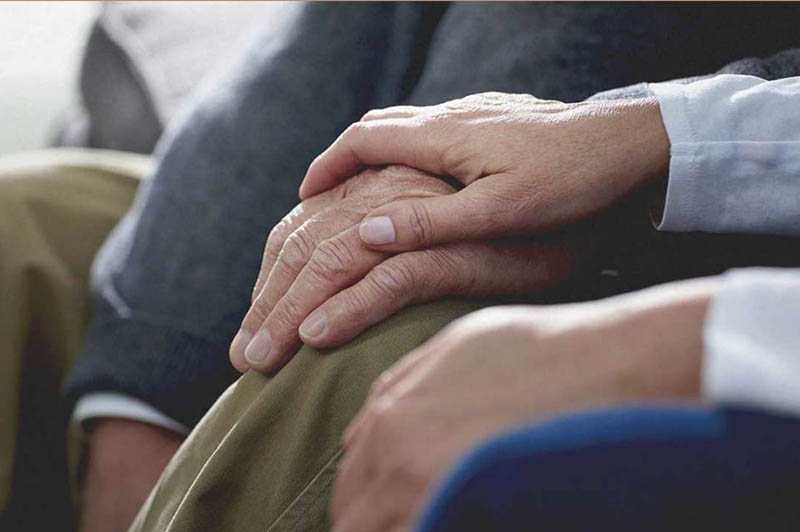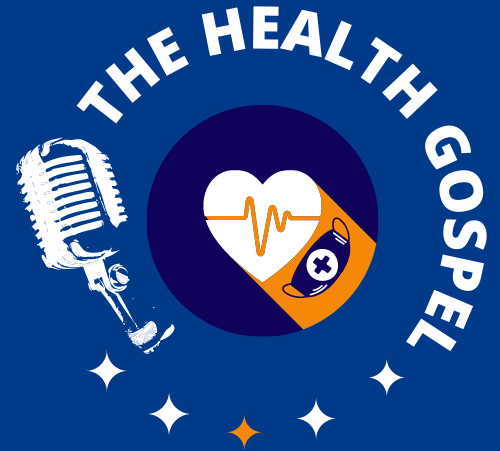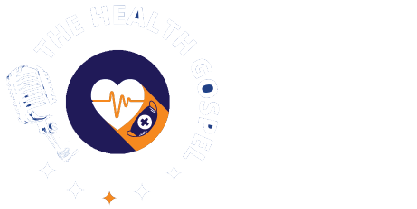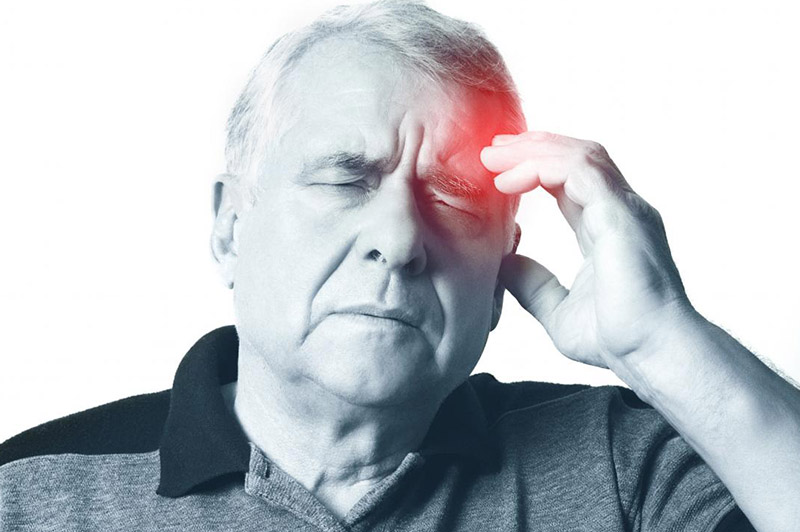
STROKE SERIES 4
Stroke treatment, complications, and prevention.
Having discussed stroke in detail in the last 3 series, I bet the question on your mind is how it can be treated and how preventable it is. Right?
The good news is stroke can be treated. Some cases can be reversed such that the paralysis resolves almost immediately! The recovery can be as dramatic as the onset.
This treatment modality is only possible if the treatment is started within the 1st 3-4.5 hours of the stroke. The drug is available in a few centres in Nigeria that have stroke units.
Stroke Tests
The symptoms of the different stroke types are similar, whereas the treatments are different. Erroneously giving treatment for another type can worsen symptoms. For instance, giving a blood thinner to an individual with a brain bleed will only increase the bleeding and worsen the symptoms.
Doing guesswork here can be disastrous. A brain scan is the only way to differentiate between an ischaemic and hemorrhagic stroke. Bear this in mind when you suggest that your doctor should just start treatment without doing any tests. Even though you are paying out-of-pocket and the test is quite expensive, it is better to be safe than sorry.
You have to do a brain CT (computed tomography) scan, to know the type. It is only when the type of stroke is known that appropriate treatment is commenced.
Read more about stroke types here.
Your doctor will first ask some questions to make the diagnosis of stroke. Then s/he will request a brain scan, blood, and urine tests. Laboratory tests your doctor will need you to do are:
- Blood glucose
- Kidney function test (E/U/Cr)
- Lipid profile
- Full blood count
- Clotting profile
- Urinalysis
In addition, your doctor will request a heart test to see how well your heart beats, a heart scan, and a neck scan. The heart scan is to look at your heart structure, and function, and also to see if you have a blood clot inside your heart. The neck scan is to check your neck blood vessels that take blood up into your brain. The aim is to look out
for blood clots or cholesterol buildup in the vessel wall. These may cause narrowing or complete blockage of these vessels.
Stroke Treatment
After the brain scan, it is clear the type of stroke that has occurred and then specific treatment can commence.
If the brain scan shows you have an ischaemic stroke, the next is for your doctor to check that you meet the criteria for thrombolysis. Thrombolysis is a treatment modality to melt away a blood clot blocking a blood vessel.
The criteria for thrombolysis are known to your doctors, who are in the best position to decide whether or not you met the criteria. The thrombolytic drug is given through your vein while your doctor and nurses monitor your response.
Other treatments are started to avoid complications. Even though you did not meet the criteria for thrombolysis or have missed the time window for thrombolysis, you will still benefit from other treatments. Your managing team will also be on the lookout for complications that may arise and treat them immediately.
In a hemorrhagic stroke, you will be given medications to control your blood pressure to reduce the bleeding. Your doctor will also stop any blood thinners you might have been on before the hemorrhagic stroke.
The main aim of immediate stroke treatment is to avoid complications and commence rehabilitation as soon as possible. These include speech therapy, physiotherapy, occupational therapy, etc.
Complications Of Stroke
Complications may be immediate or occur later in the course of the disease. Early complications include:
- Aspiration: This is when food, liquid, or saliva enters the airway into the lungs to cause an infection. It can happen because the person ate or drank fluids while the swallowing muscles are still weak. It can also happen in the process of vomiting, during a seizure, or due to decreased consciousness.
- Convulsions (seizures): There are medications to stop this and prevent further occurrence.
- Hypertension (Markedly elevated blood pressure): The type of stroke determines the blood pressure target. Blood pressure is constantly monitored and controlled with drugs. Immediately giving drugs to bring down the blood pressure to normal can be counterproductive in the early stage after a stroke.
- Hyperglycemia (increased blood glucose level): Hyperglycemia can worsen stroke symptoms if not properly controlled with medications. This means frequent blood glucose checks.
- Fever: As body temperature increases, damage to the brain cells increases. It is therefore imperative to maintain the body temperature within a normal range.
- Urinary tract infection (UTI): This may worsen stroke symptoms if not recognised and treated immediately.
- Deep venous thrombosis (DVT): Being confined to a bed can increase the risk of blood clots forming in the veins of the legs. It is commonly seen in the weaker leg and can start with pain and swelling of the limb. This can be avoided with medications.
- Pulmonary embolism: The clot in the leg can get dislodged and move up to the lungs where it blocks oxygen exchange in the lungs. This presents as sudden difficulty in breathing with low oxygen saturation.
- Pressure sores: This may happen in the first 2 weeks or later.
Late Complications
- Dementia: Also called vascular or multi-infarct dementia, it happens in those that have had more than one stroke, including silent strokes.
- Joint Contractures: Have you ever seen a stroke survivor whose elbow or wrist is permanently flexed? That’s a contracture. They can’t stretch out the hand because they are not moving the joints. Hence, contraction of the muscles, tendons, and ligaments around the joints shortens them permanently. This keeps
the joint in a permanently flexed position. Attempts at stretching will cause excruciating pains. This can be prevented with continual physiotherapy sessions. - Bedsores: These are due to pressure on the skin where the individual constantly lies or sits, e.g. the buttocks. You can avoid it by nursing on an air mattress.
- Depression: As the reality of disability dawns on most stroke survivors, they start to have depressive episodes with sadness, guilty feelings, and weeping spells. This is not uncommon.
Stroke Prevention
When you know what might cause stroke, then you can prevent it by avoiding the risk factors that are avoidable as earlier discussed in series 2.
In conclusion, stroke is a common neurological condition that is a leading cause of disability worldwide. It must be treated with urgency because time is the brain. The initial treatment to a large extent determines the long-term outcome.







